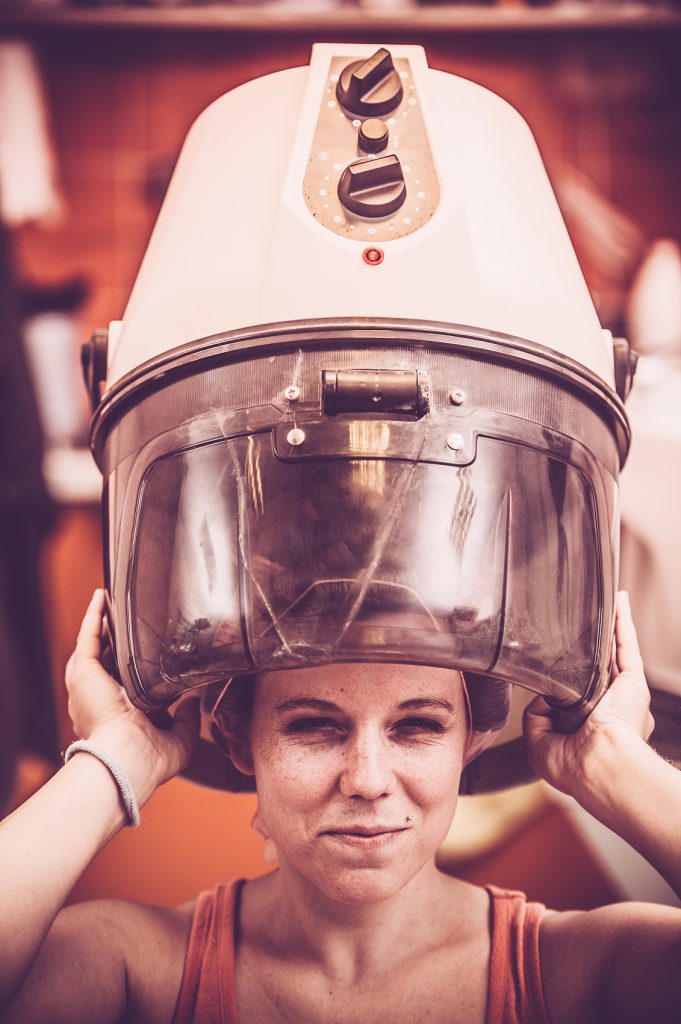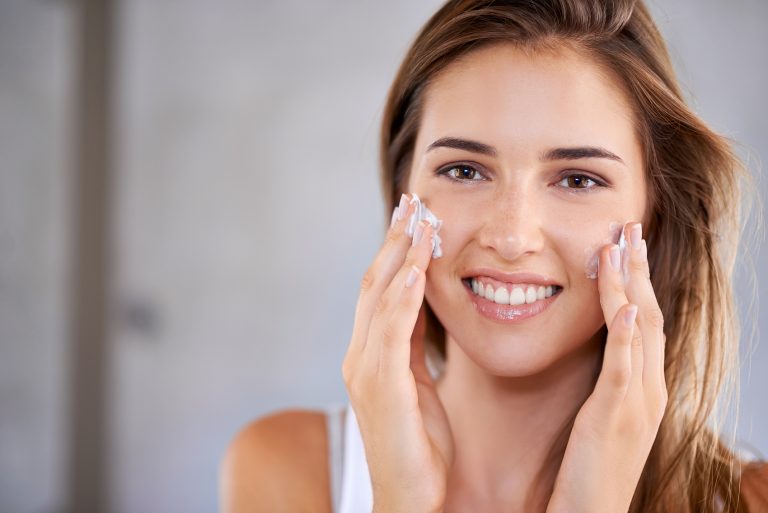If you’re looking to take your hair care routine to the next level, hair steaming might be just what you need! It’s an easy process that can give your hair a healthy boost and help you achieve your hair goals faster. Let’s dive into what hair steaming is and how it benefits your hair.
What is Hair Steaming?
Hair steaming involves using steam to open up the pores and cuticles of your hair follicles. This process allows your hair mask, oils, or conditioners to deeply penetrate the hair and scalp, providing nourishment from within.
Hair steaming is generally beneficial for all hair types, as it helps moisture reach the deeper layers of your hair, promoting overall health. It’s especially great for those with thick, dry, damaged, or curly hair. If you have thin hair, you’ll want to steam in moderation and at lower temperatures to avoid weighing it down.
The Benefits of Hair Steaming
- Improves Scalp Health
Regular hair steaming helps promote a healthier scalp by removing dead skin cells, increasing natural oil production, and encouraging better blood circulation. This can reduce flakes and promote a cleaner, healthier scalp. - Hydrates and Nourishes Hair
Steam helps open up the hair cuticles, which allows oils or hair masks to be absorbed more effectively. This is especially beneficial for hair with low porosity, as it helps your hair better absorb moisture and nutrients. - Promotes Faster Hair Growth
The steam boosts blood circulation to your scalp, which in turn encourages hair growth. If you combine steaming with a gentle scalp massage, you can also help increase hair volume over time. - Reduces Breakage and Split Ends
If you’re dealing with damaged hair or split ends, steaming can help. It provides much-needed hydration and nourishment, helping to reduce breakage and improve the overall health of your hair. - Detoxifies the Scalp and Hair
Steaming helps remove product buildup from your scalp and hair, allowing your hair to reset for a new routine. If you’re switching to new products, steaming can help clear away any old residue, leaving your hair ready to absorb fresh treatments. - Improves Hair Elasticity
Steaming regularly can improve your hair’s elasticity, making it more resilient and less prone to tangling. You’ll also notice your hair feels softer and smoother, without the frizz.

The Disadvantages of Hair Steaming
While hair steaming has a lot of benefits, there are a few downsides to keep in mind:
- Overdoing It Can Cause Damage
Steaming too frequently or at high temperatures can lead to dry, brittle hair that’s more prone to breakage. It’s important not to overdo it and to keep the temperature at a safe level. - Not Ideal for Thin Hair
If you have thin hair, steaming can weigh it down. However, if you still want to try steaming, do it in moderation and use lighter products that won’t leave your hair feeling heavy. - May Fade Color
Steam opens up the hair cuticles, which can cause hair dye to fade faster. If you have color-treated hair, be mindful that steaming may speed up the fading process. - Time-Consuming
Steaming requires about 10-20 minutes of your time. If you’re constantly on the go, finding time for a hair steaming session might be challenging. - Risk of Injury
When using heat, there’s always a risk of burns if you’re not careful. Be sure to follow all safety guidelines and proceed with caution when steaming your hair.
How to Steam Your Hair at Home
There are a couple of ways you can steam your hair at home: using a thermal steamer or the DIY hot towel method. Both are effective, but here’s how you can do it:
Method 1: Using a Thermal Steamer
- Detangle your hair and apply your favorite hair mask, conditioner, or oil. Avoid products with mineral oils or silicones.
- Tie your hair in a loose ponytail or bun.
- Set the steamer to a low heat and place the cap over your hair, ensuring all your hair is inside.
- Steam for 10-20 minutes to let the steam fully penetrate.
- After removing the cap, gently massage your scalp to help the product absorb and relax.
Method 2: DIY Hot Towel Steaming
- Detangle your hair and apply your preferred hair mask.
- Dip a towel in hot water and wring out the excess. Be careful not to burn yourself.
- Tie your hair in a bun and wrap the hot towel around your head.
- Leave the towel on for 15-20 minutes, then massage your scalp for a few minutes.
- Rinse your hair with water, then shampoo and condition as usual.

Dos and Don’ts of Hair Steaming
Do:
- Steam once a week or twice a month based on your hair’s needs.
- Choose a deep conditioning mask for dry hair or use oils like rosemary oil if you’re dealing with hair fall.
- Follow up with a scalp massage to double the benefits.
Don’t:
- Don’t overdo hair steaming, as it can lead to heat damage or moisture overload.
- Avoid combining protein treatments with steaming too often, as it may cause protein overload.
Final Thoughts: Is Steaming Good for Your Hair?
Yes! Hair steaming is a great way to improve both your hair and scalp health. It helps detoxify, nourish, and stimulate hair growth. For most hair types, steaming once a week or twice a month for 10-20 minutes will provide noticeable benefits. If you have thin hair, reduce the frequency to once a month and steam for just 5 minutes. With the right care, you’ll soon enjoy smoother, healthier, and more vibrant hair.






